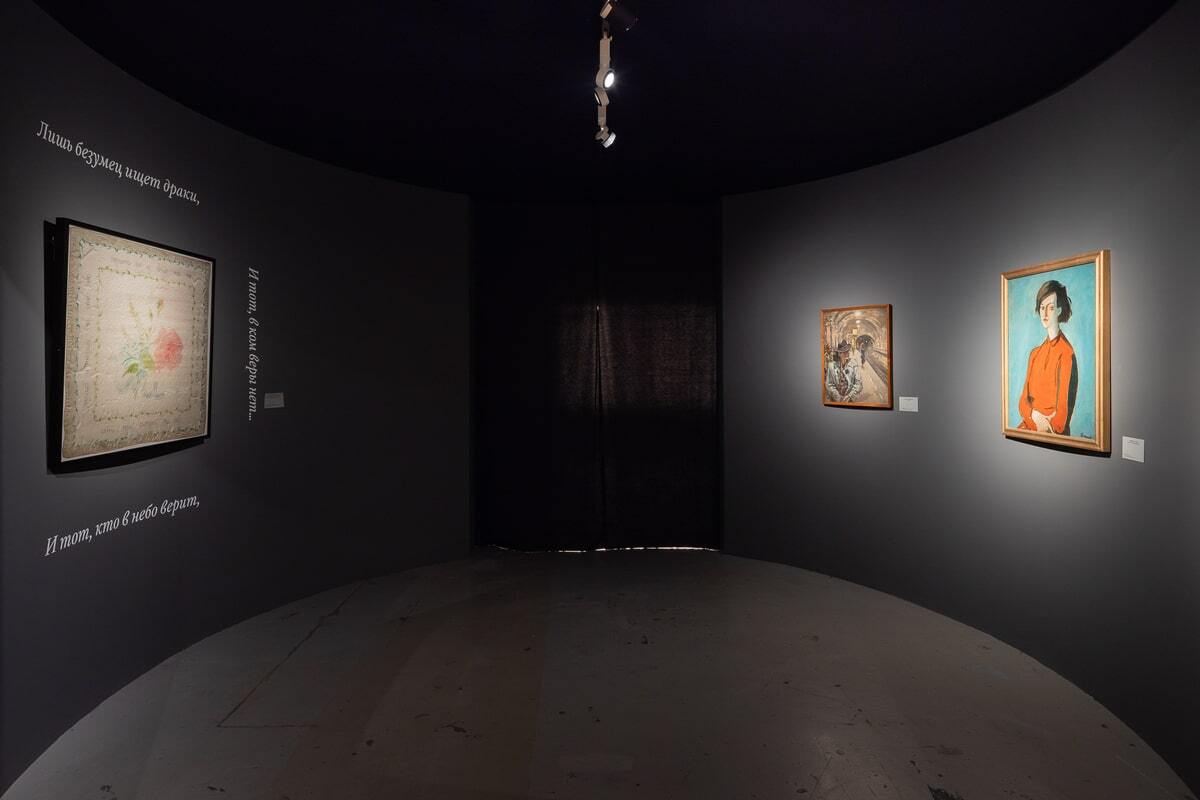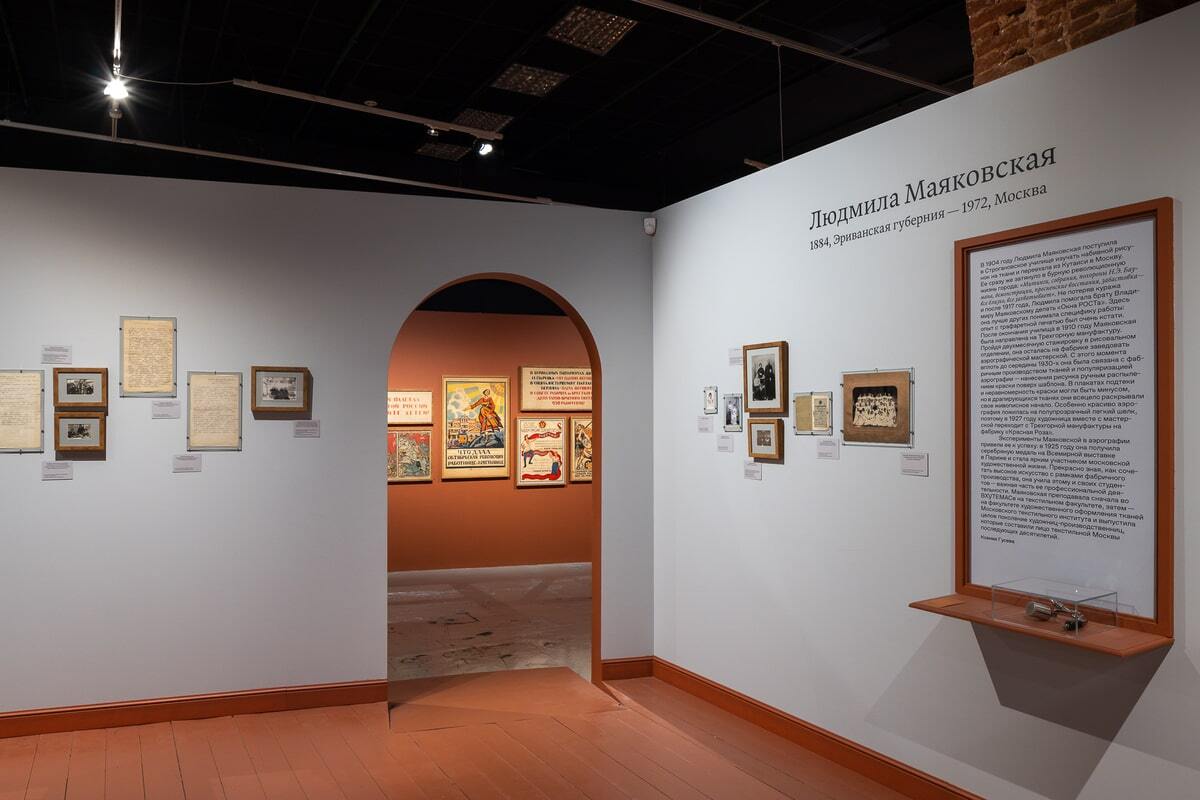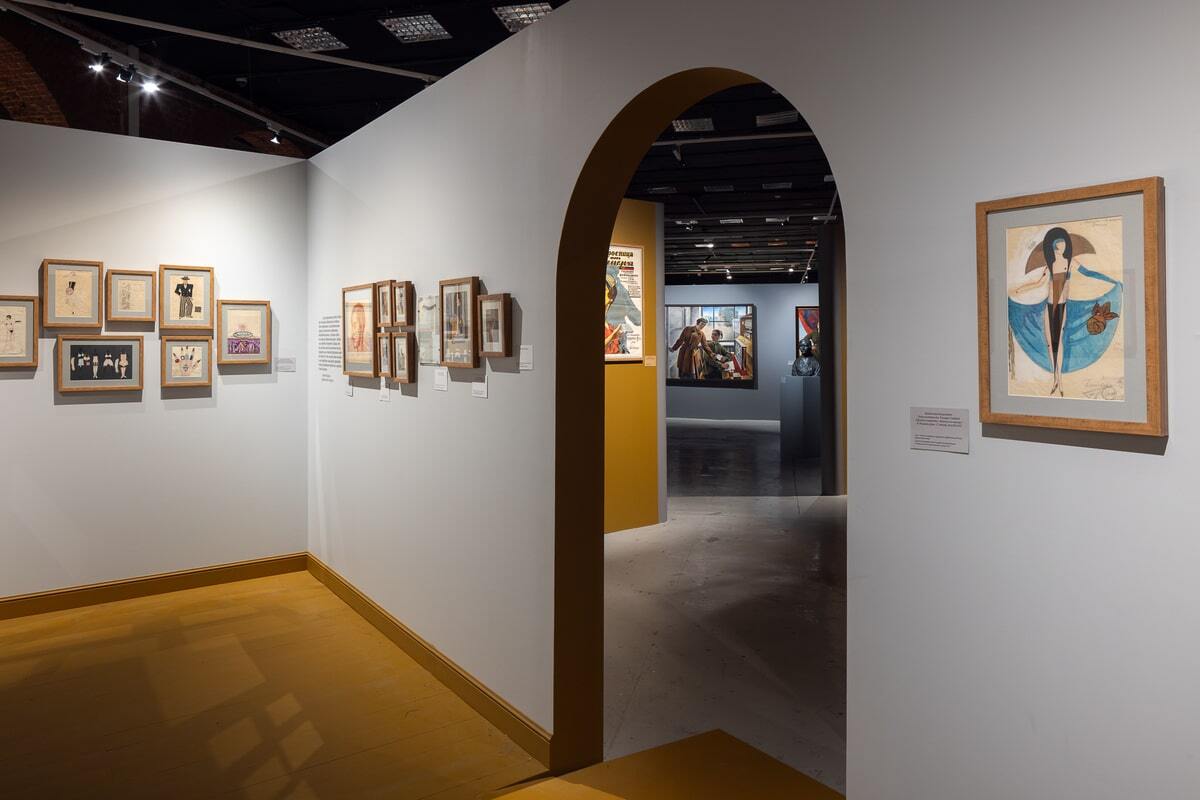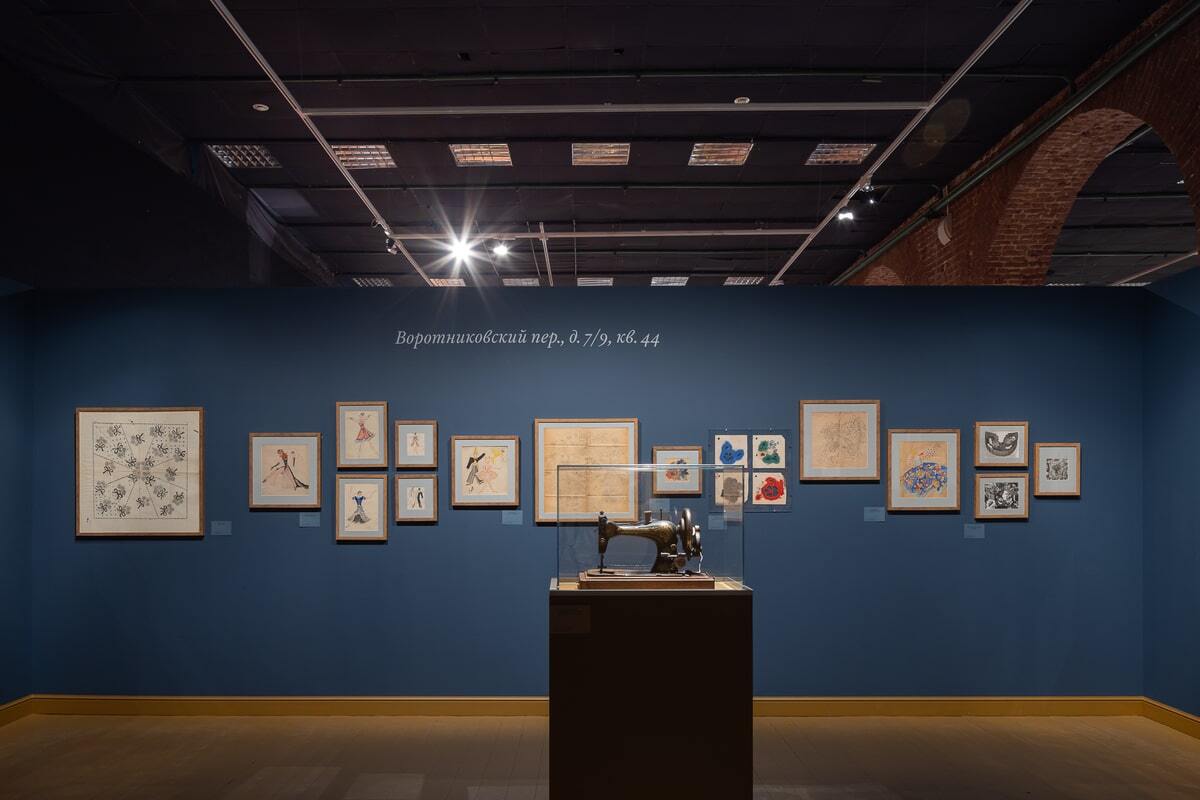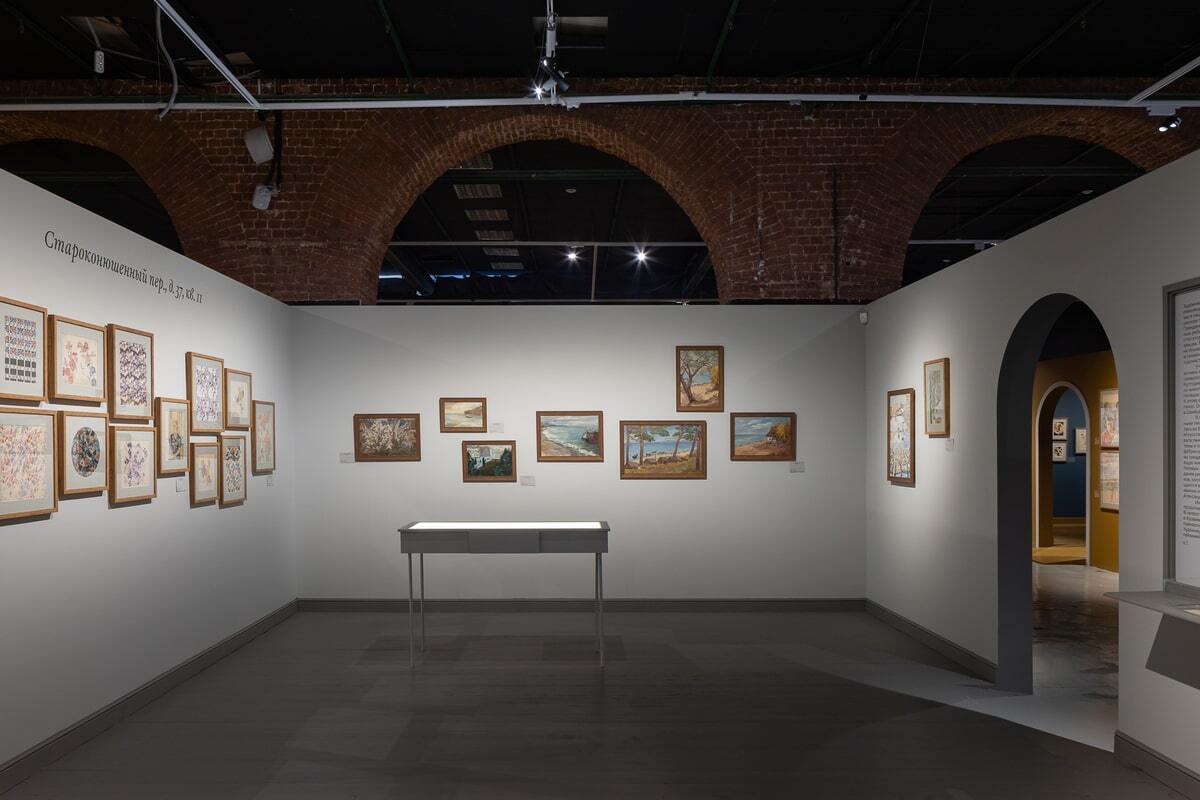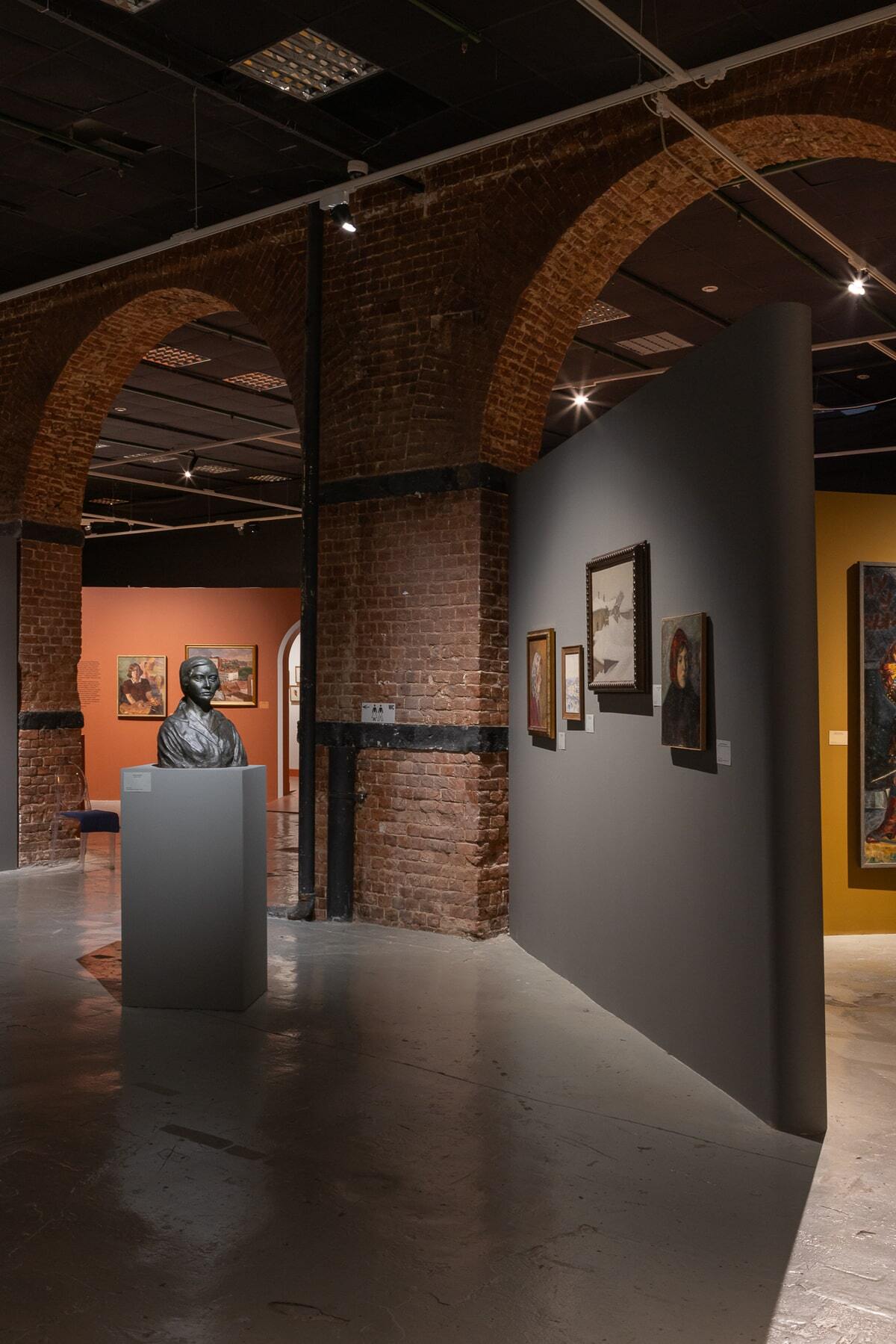Muscovite: Women of the Soviet Capital in the 1920s–1930s
The exposition demonstrates how the life and image of the city-dwelling woman changed during the first decades of Soviet rule, through the lens of artworks from the first half of the 20th century.
Curated by art historians Ksenia Guseva and Nadezhda Plungyan, the exhibition features about 2000 exhibits from over 30 Russian museums and private collections. Included are works by renowned artists of the last century such as Kazimir Malevich, Alexander Deineka, Yekaterina Zernova, Nadezhda Kashina, Alexander Labas, Aristarkh Lentulov, Alexander Tyshler, Konstantin Yuon, Pyotr Konchalovsky, Ilya Mashkov, and others. The exhibition's architect, Anna Rumyantseva, has created a miniature city in the Red Hall of the Moscow Museum, complete with squares and avenues where visitors can leisurely stroll, or turn off into small rooms — the "dwellings" of individual women artists.
Moscow in the 1920s-1930s was a place of rapid social role changes. The central figure of the art of those years was the new woman — one who transformed the city and acted within it. A worker and revolutionary, actress and aviator, parachutist and "Nepwoman," metro construction worker and artist, proletarian writer and engineer's wife — each of them is not only a real person but also an allegory of Soviet history.
Curator: Ksenia Guseva, Nadezhda Plungyan
Curated by art historians Ksenia Guseva and Nadezhda Plungyan, the exhibition features about 2000 exhibits from over 30 Russian museums and private collections. Included are works by renowned artists of the last century such as Kazimir Malevich, Alexander Deineka, Yekaterina Zernova, Nadezhda Kashina, Alexander Labas, Aristarkh Lentulov, Alexander Tyshler, Konstantin Yuon, Pyotr Konchalovsky, Ilya Mashkov, and others. The exhibition's architect, Anna Rumyantseva, has created a miniature city in the Red Hall of the Moscow Museum, complete with squares and avenues where visitors can leisurely stroll, or turn off into small rooms — the "dwellings" of individual women artists.
Moscow in the 1920s-1930s was a place of rapid social role changes. The central figure of the art of those years was the new woman — one who transformed the city and acted within it. A worker and revolutionary, actress and aviator, parachutist and "Nepwoman," metro construction worker and artist, proletarian writer and engineer's wife — each of them is not only a real person but also an allegory of Soviet history.
Curator: Ksenia Guseva, Nadezhda Plungyan
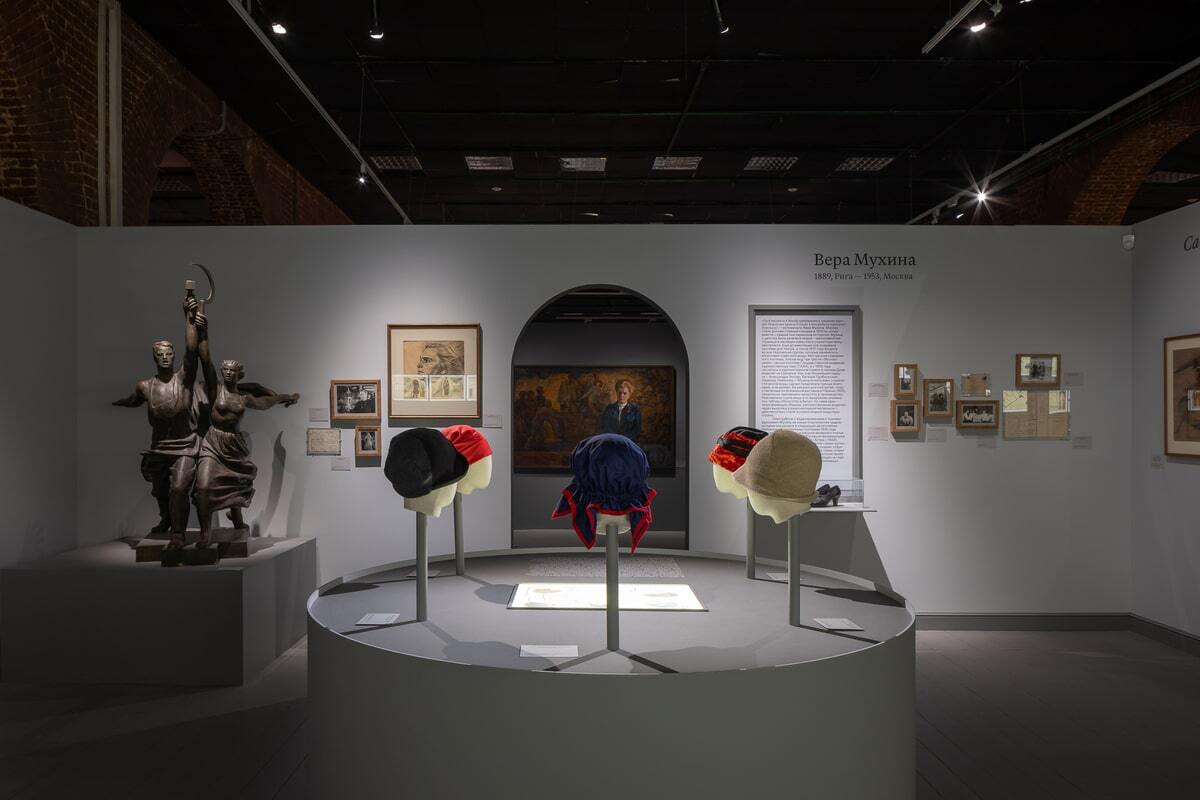
museum: The Museum of Moscow
area: 1000 m2
exhibits: 2000 pcs
types of exhibits: paintings, graphics, textile, books, photography, video.
area: 1000 m2
exhibits: 2000 pcs
types of exhibits: paintings, graphics, textile, books, photography, video.
exhibition architecture
photos by Olga Alekseeva
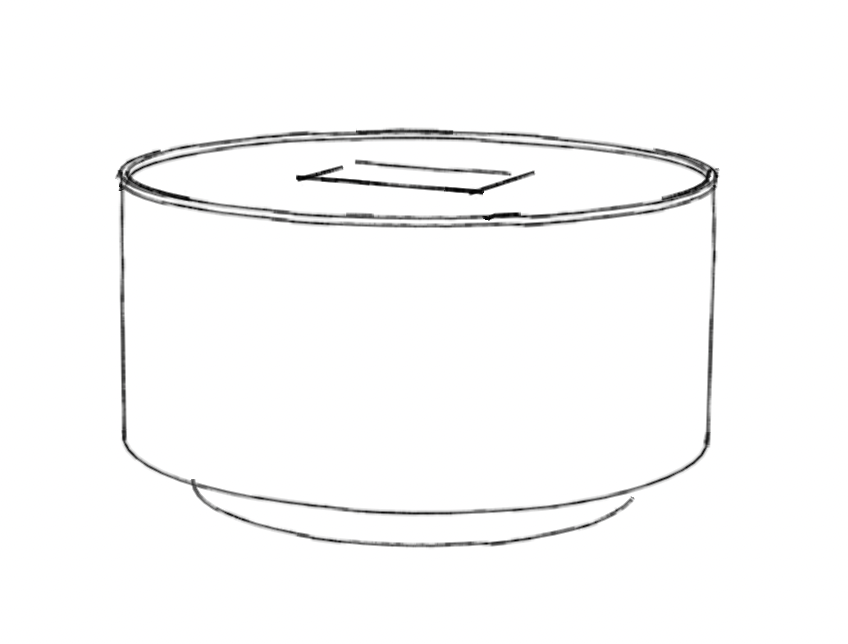
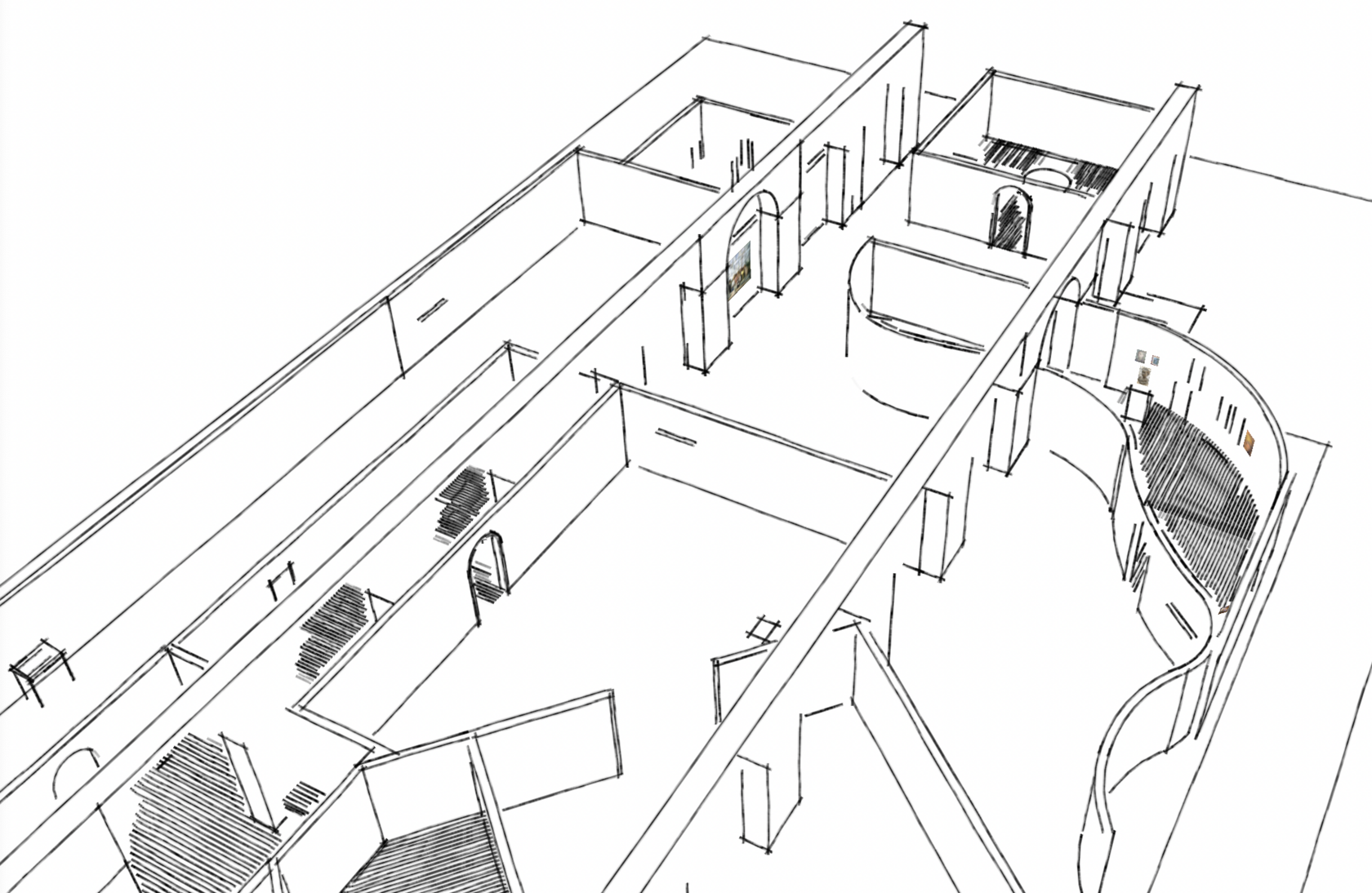
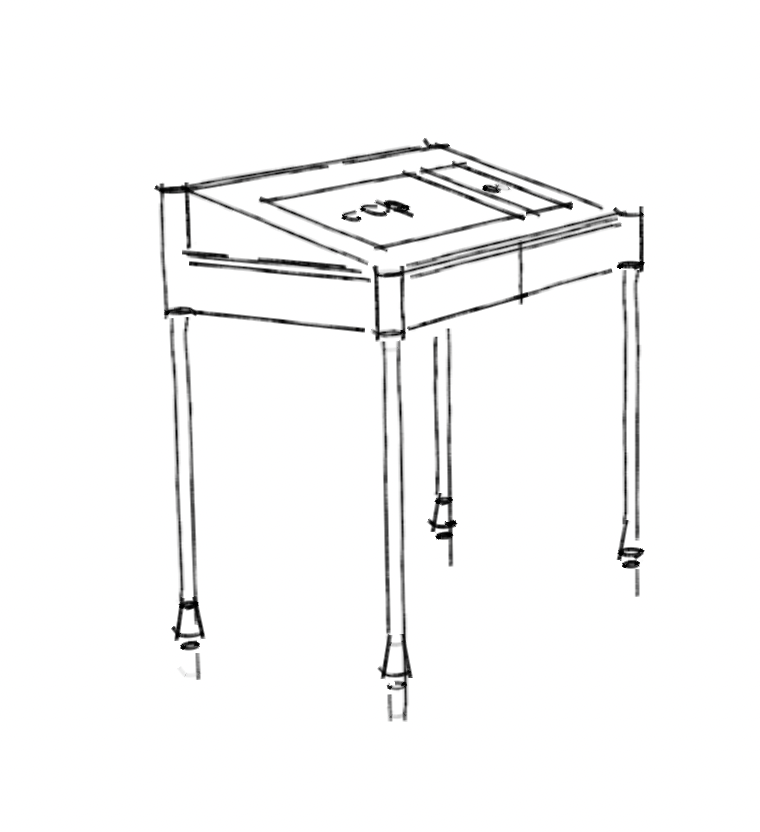
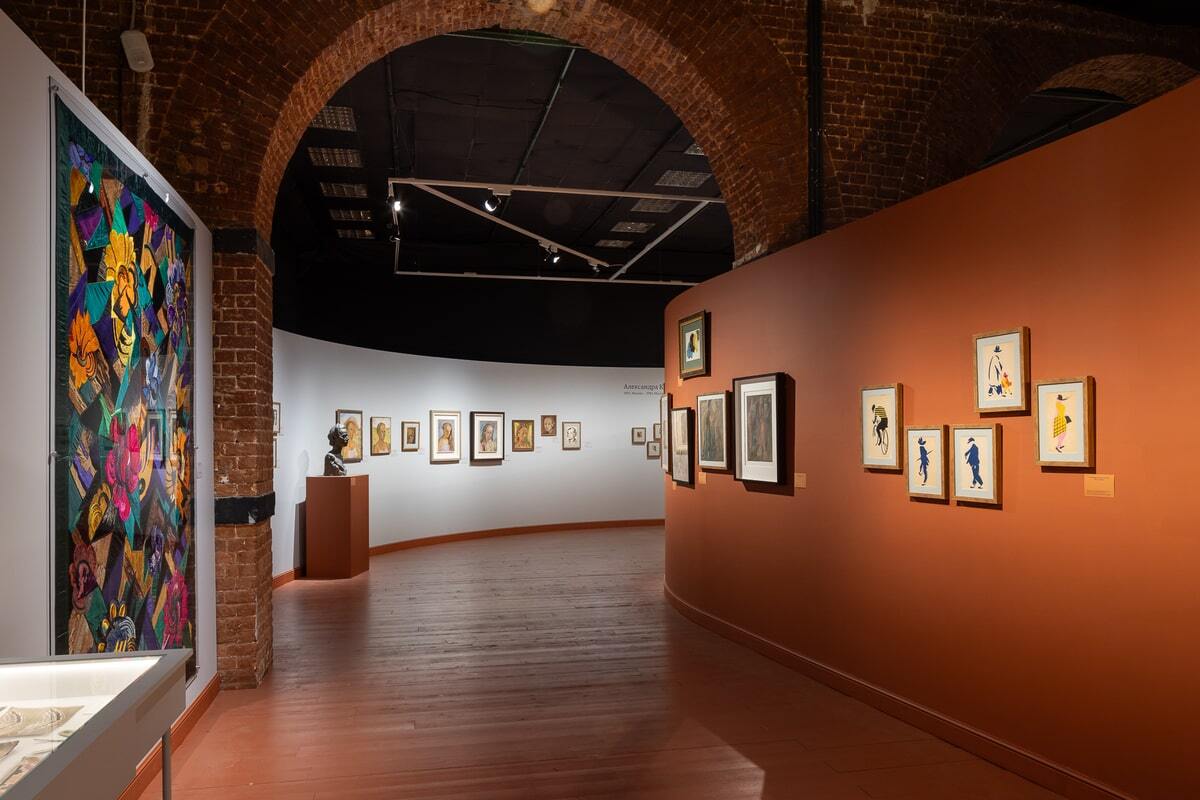
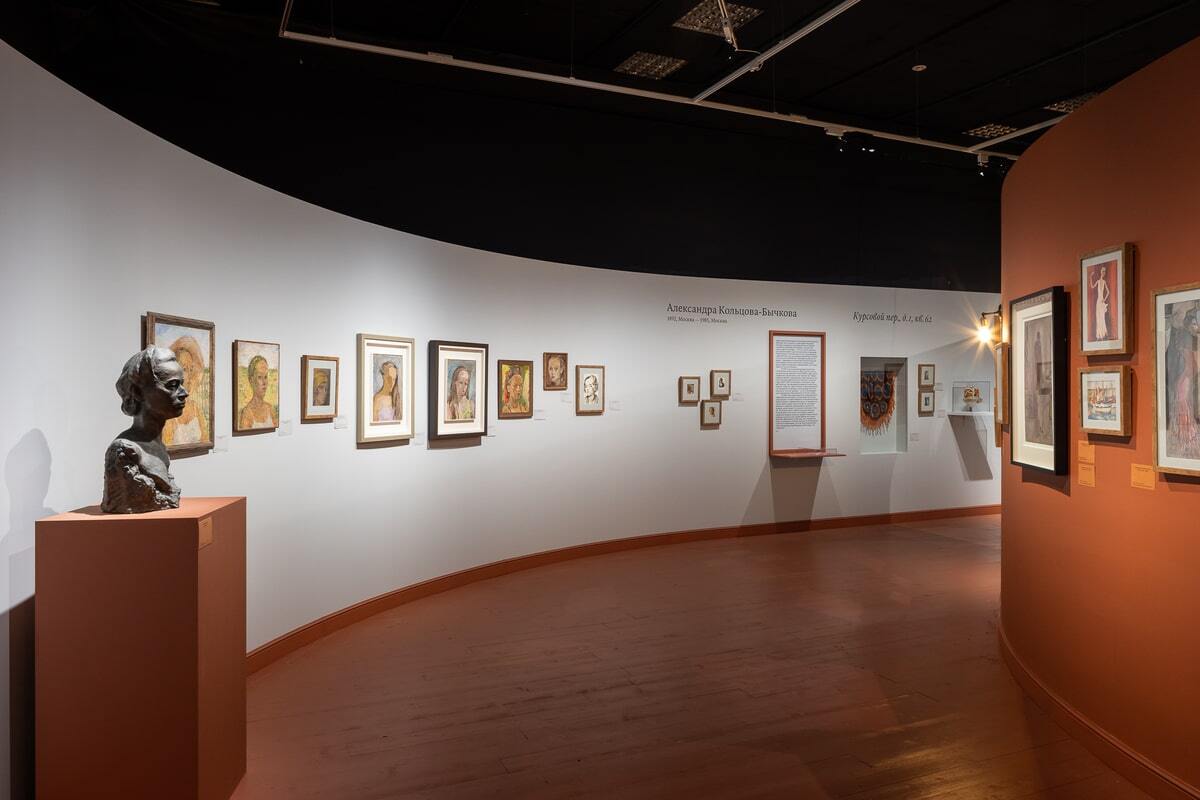
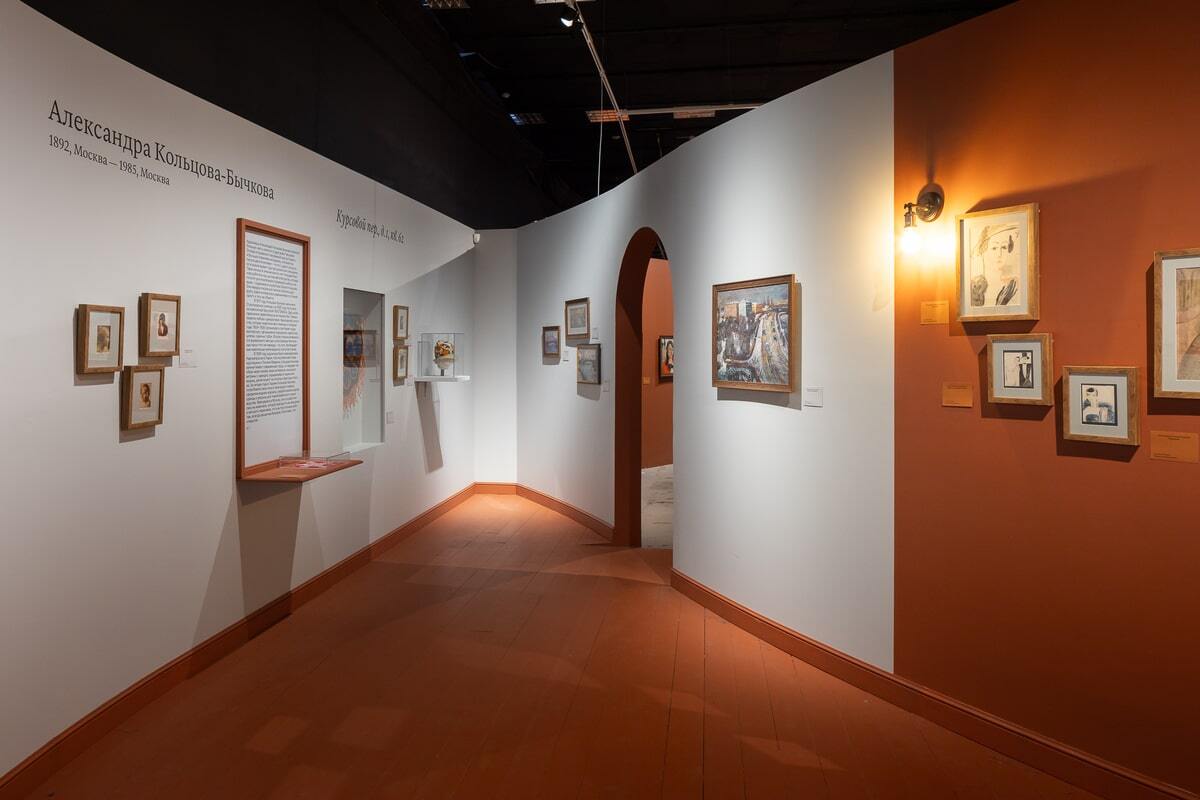
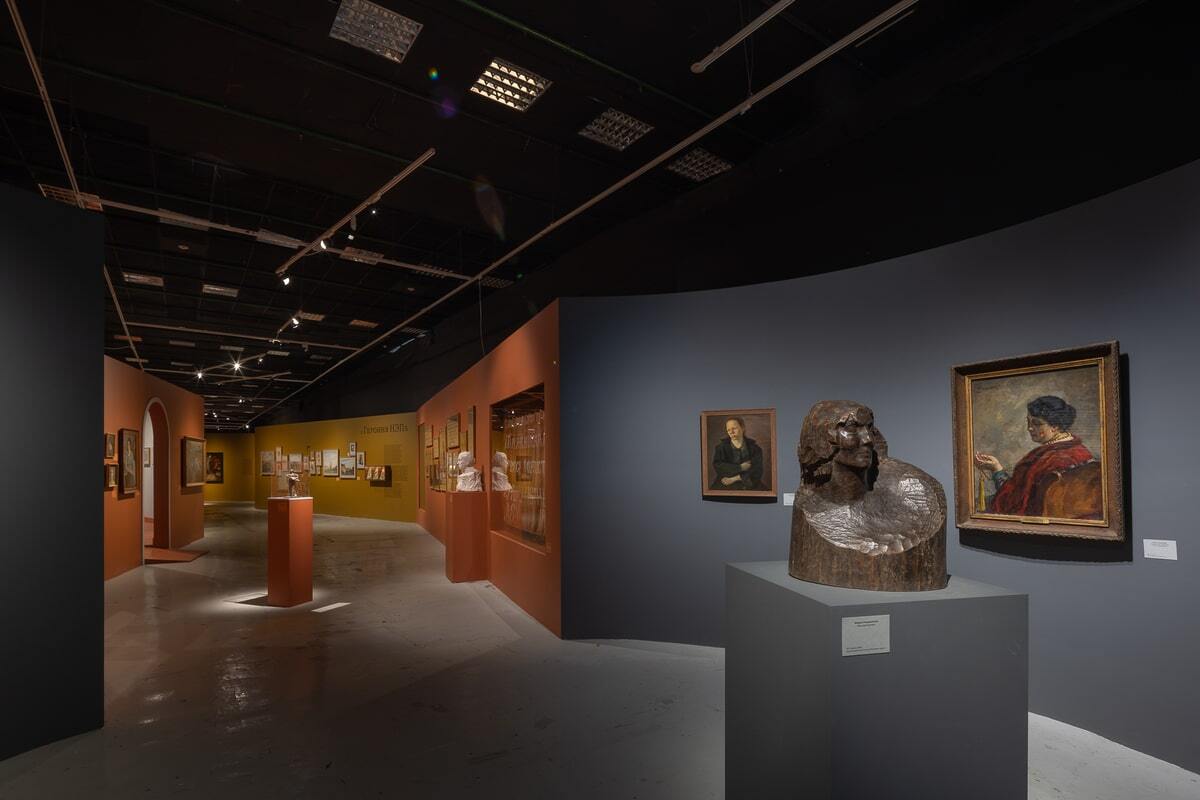
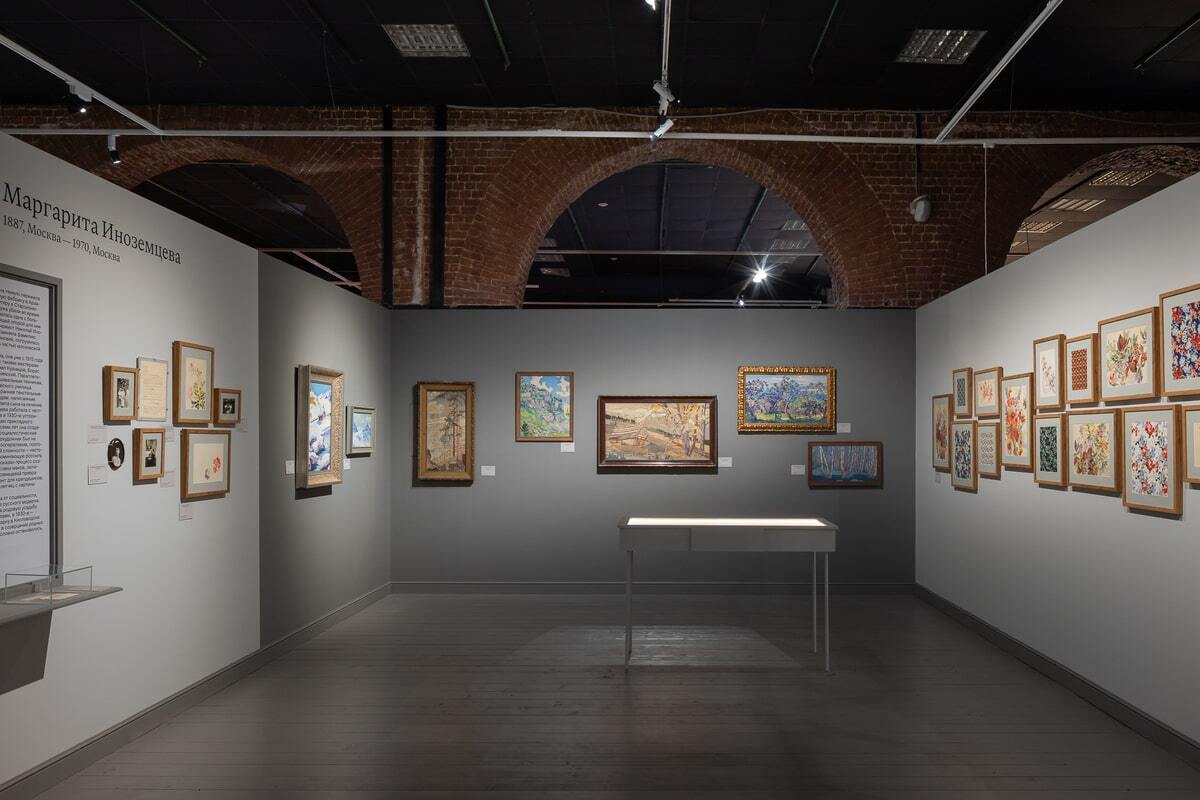
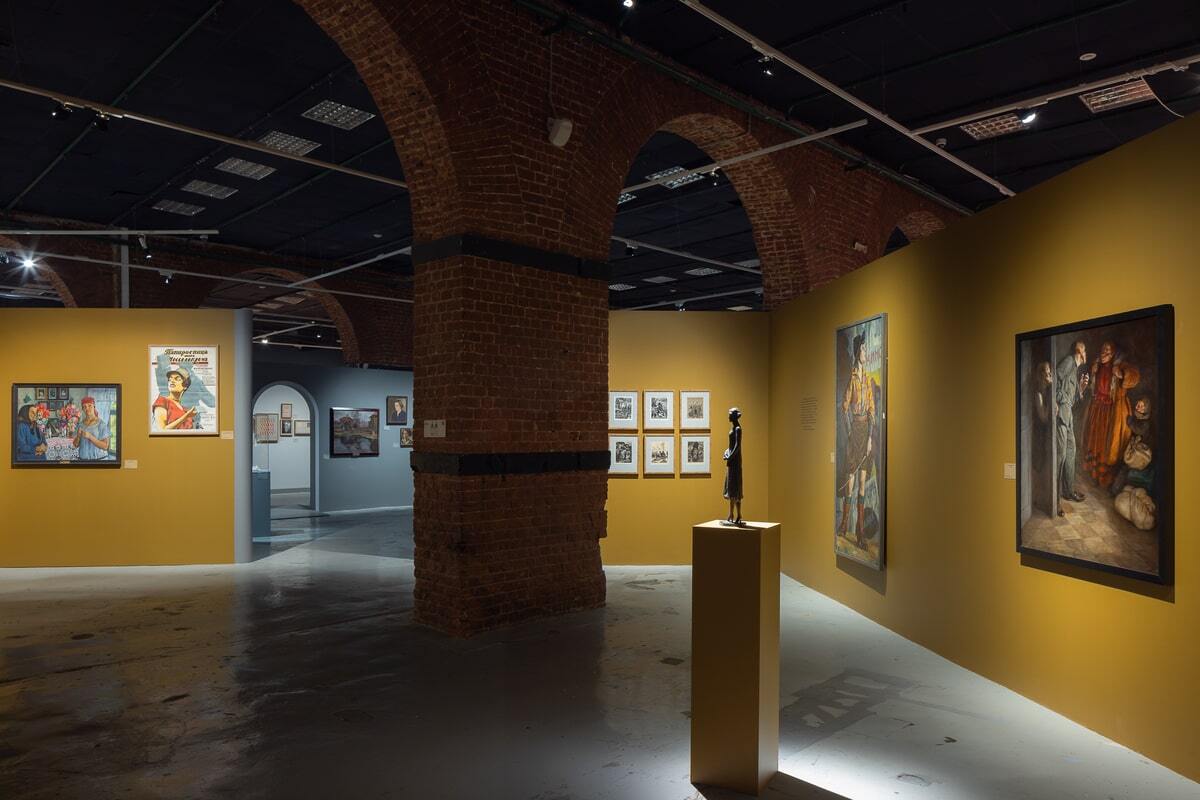
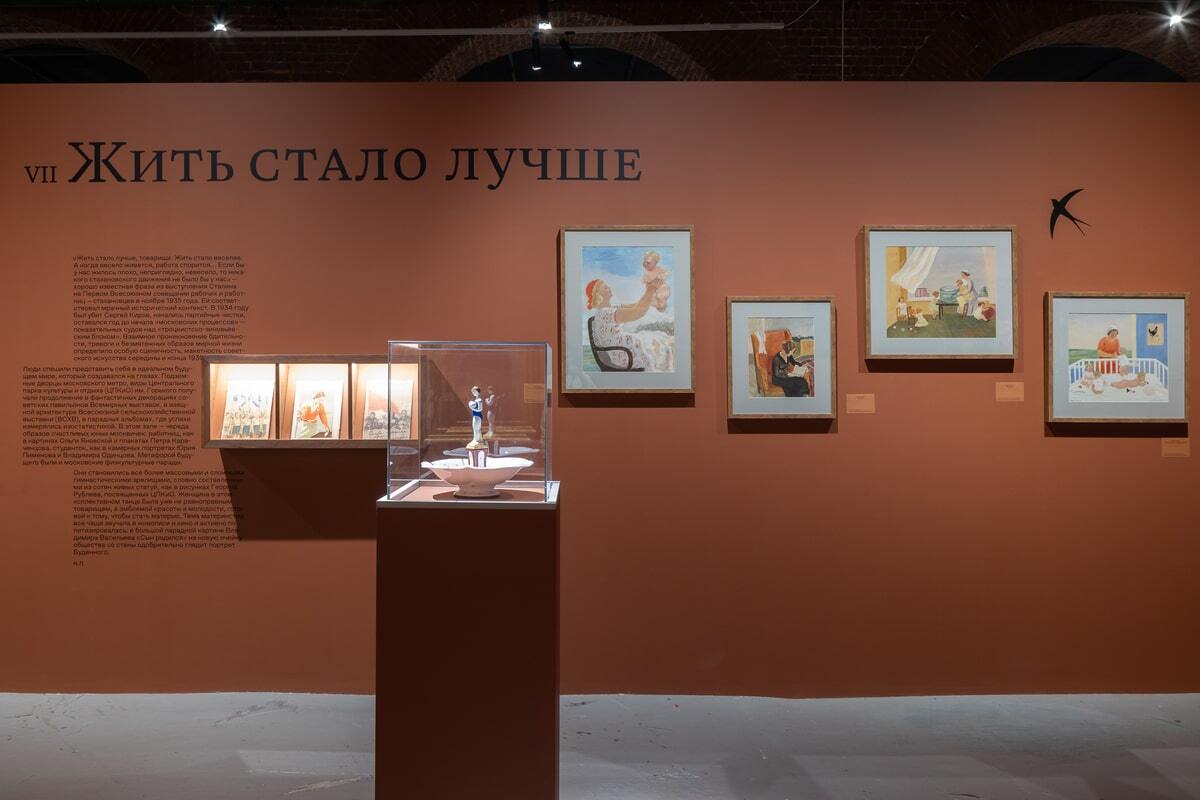
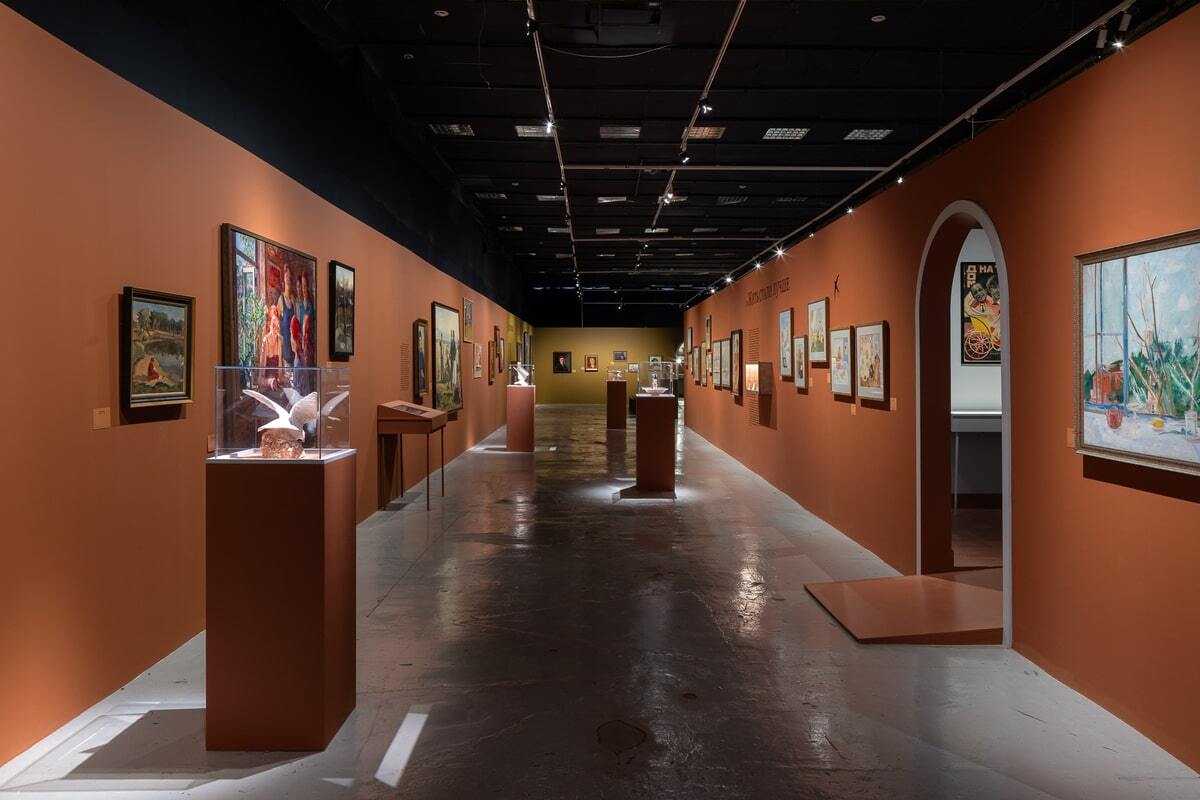
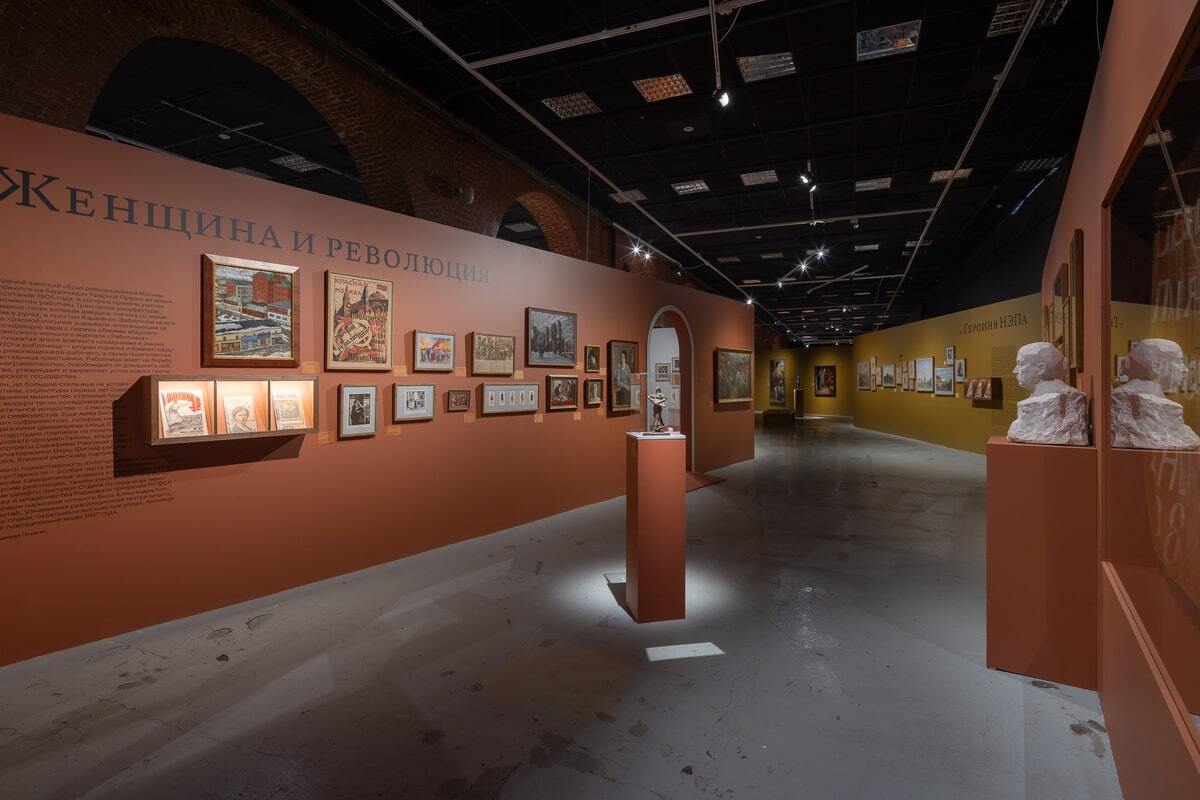
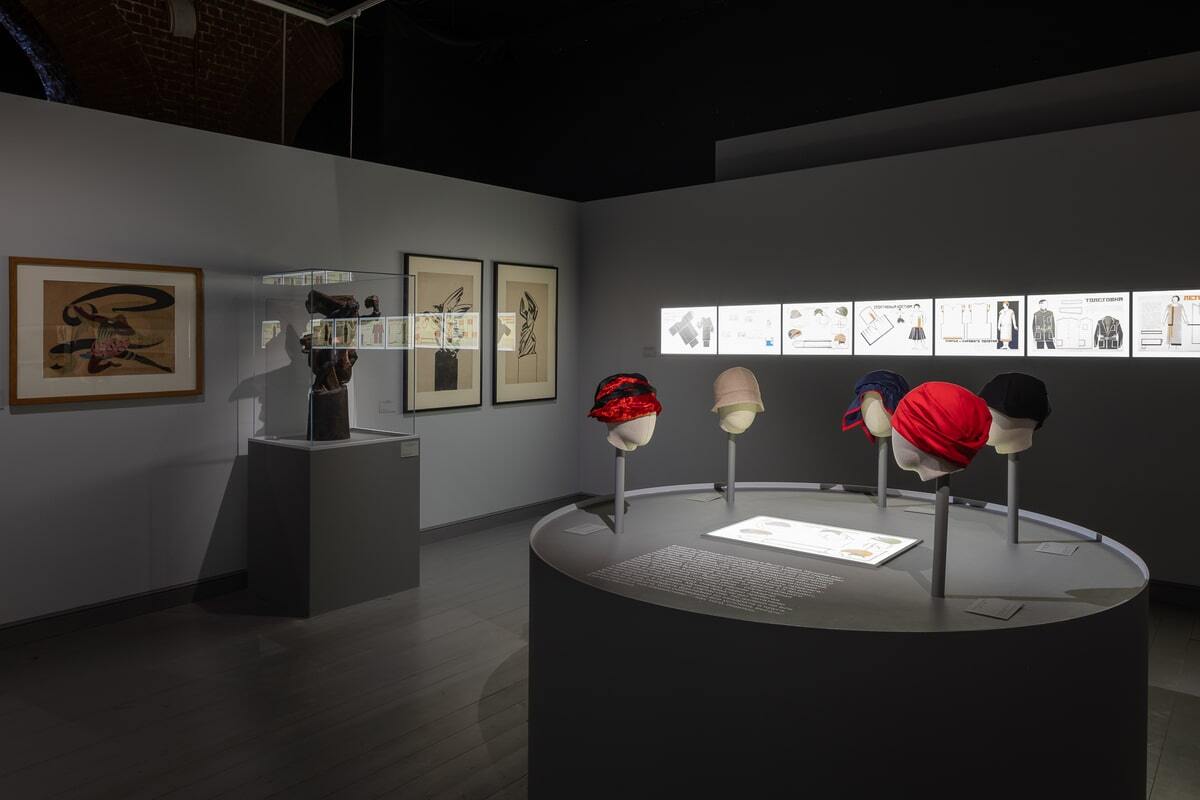
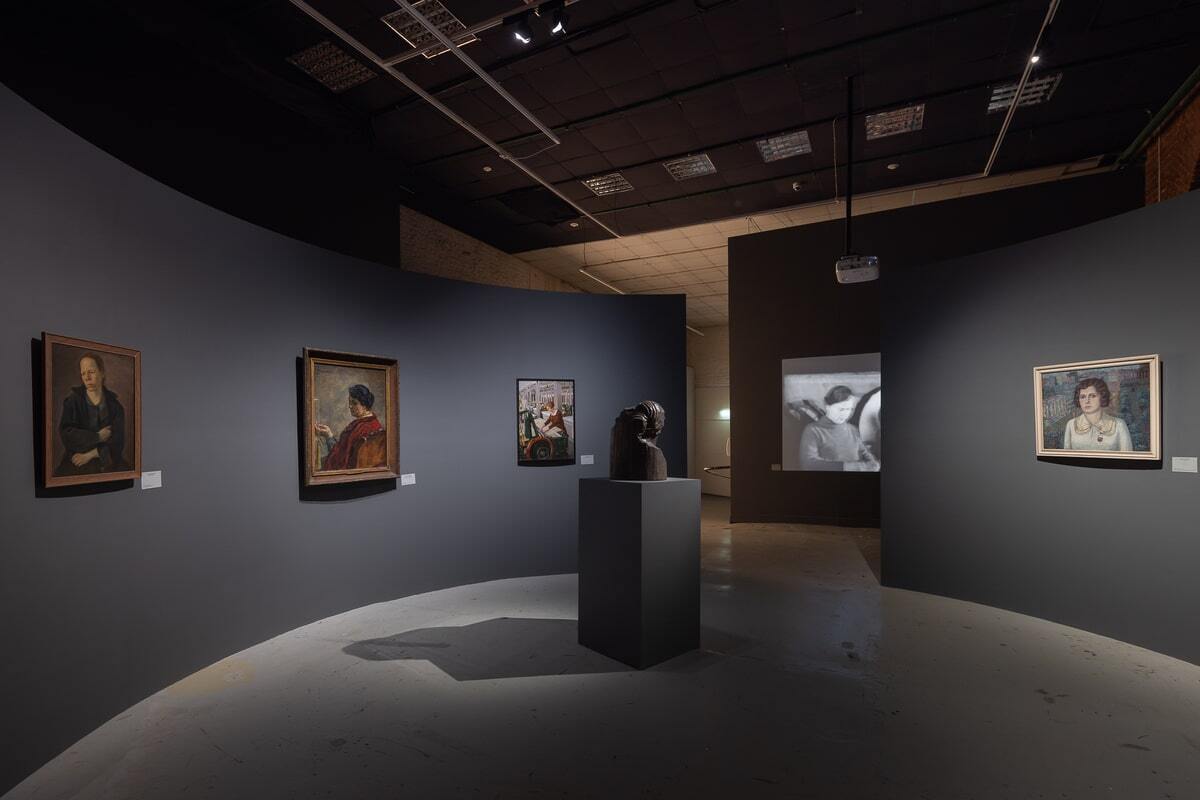
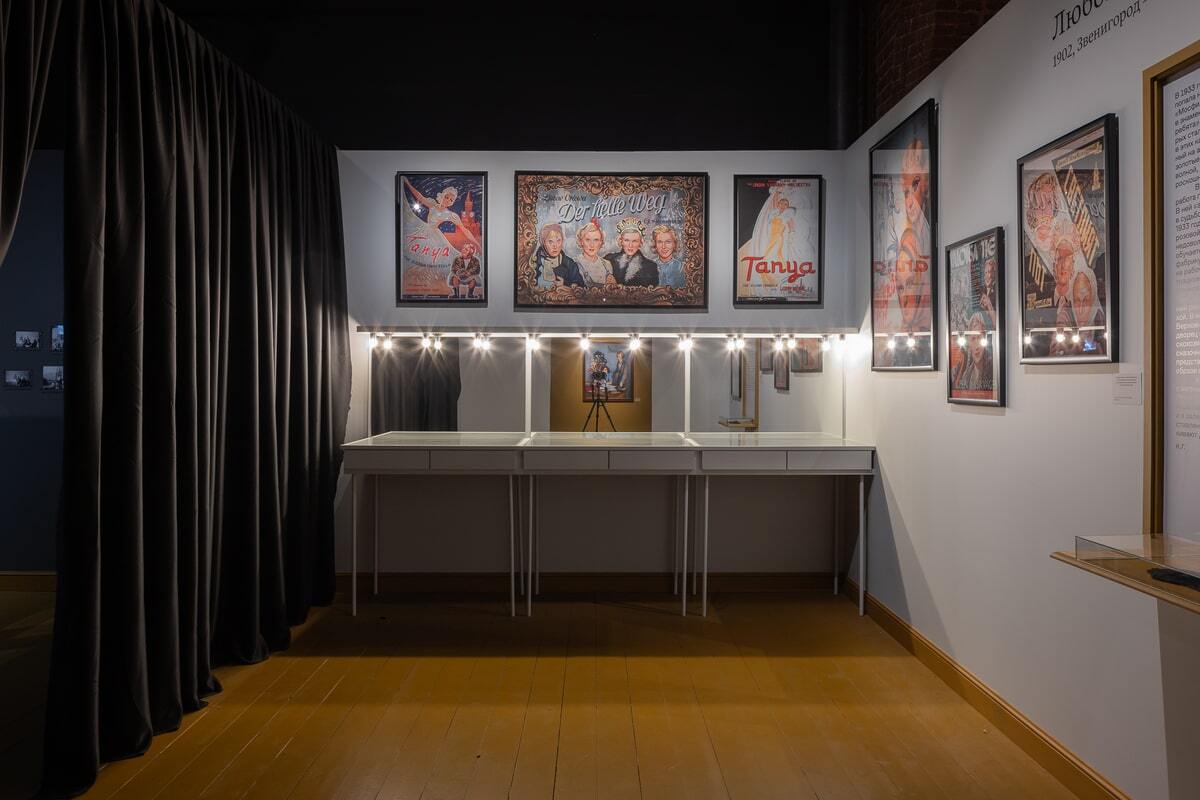
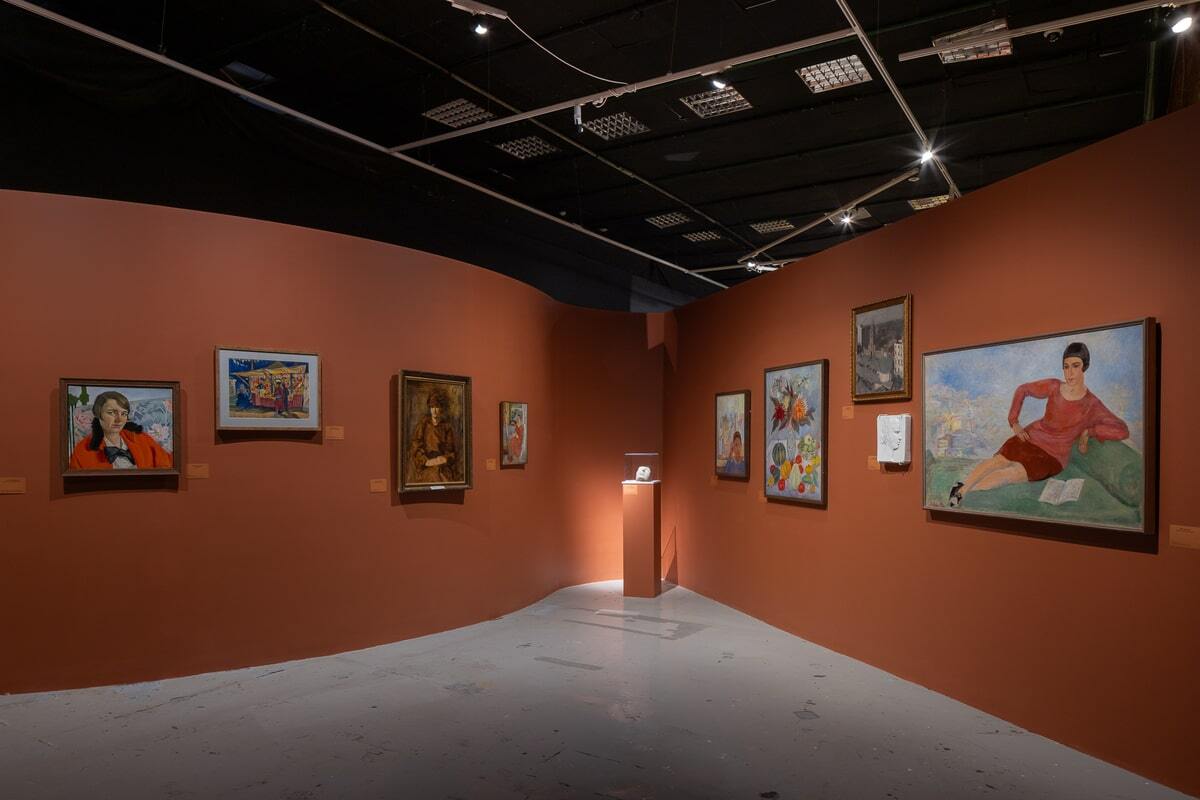
The entire exhibition is organized like a labyrinth, but with a clear structure and chronology. Along the way, the exposition changes in color and rhythm, thereby altering the viewer's mood and perception.
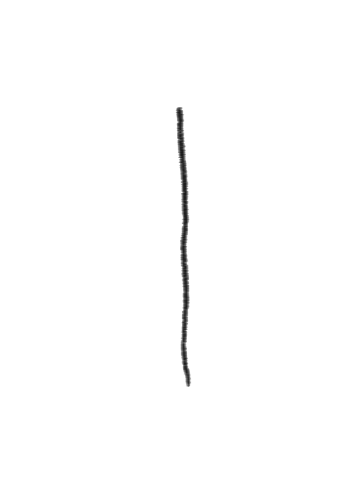
The rooms of the characters differ in color and the nature of their exhibits. Each time we enter through the arched doorway, we find ourselves in a chamber-like, personal, almost homely space.
